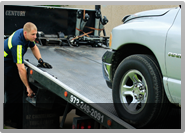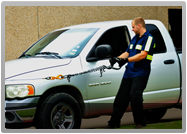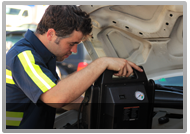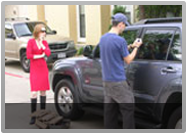How to Drive in Bad Weather
We all know that driving in bad weather can be quite dangerous. Unfortunately, the number of car accidents rise as the winter comes. Fortunately though, with a few preventive measures, some of these accidents can be avoided.
Start with the basics
Don’t wait for the weatherman to declare that the first official day of winter has arrived. Before getting into your car, make sure that a few things are in order:
- Generally speaking, it can’t hurt and it’s even recommended to make a winter check at your local garage in order to make sure that the brake system, front end steering system, and all the electrical components are in good working order. If all goes well, that’s great! If not, some repairs might be in order that will probably cost a few bucks. But what’s a few bucks in comparison with safe driving?
- First, make sure that your car’s tires didn’t wear down during the summer time. Sure, good tires are important to safe driving all year long, however, during the winter time it’s extremely important, since the tires feature tiny slits that are supposed to drain the water off of the tires and thus prevent loss of grip. Worn down tires therefor, are unsafe. Also make sure that the tires’ air pressure is as instructed by the manufacturer.
Hit the road!
Well, only if you really have to. If not, avoid driving in bad weather. If you decide to go anyway, take notice of these tips and pointers:
- What you’re wearing affects your driving. You will find it more convenient to take your coat off when driving and enjoy free are movement. Convenient shoes are also recommended.
- Keep your lights on, even during the day and especially when driving at dark or in stormy weather.
- Try driving 5 MPHs more slowly than your usual driving speed. It will keep you prepared for unexpected dangers at the road.
- Drive with both hands on the wheel. This way you won’t be caught off guard.
- Puddles: when arriving at a puddle, which depth remains unknown, slow down first and start crossing it slowly. After passing it, push gently on the breaks to remove the water drops that may have accumulated and may hamper proper breaking later on.
Adjust your driving style to road conditions, that’s what it’s all about.
















